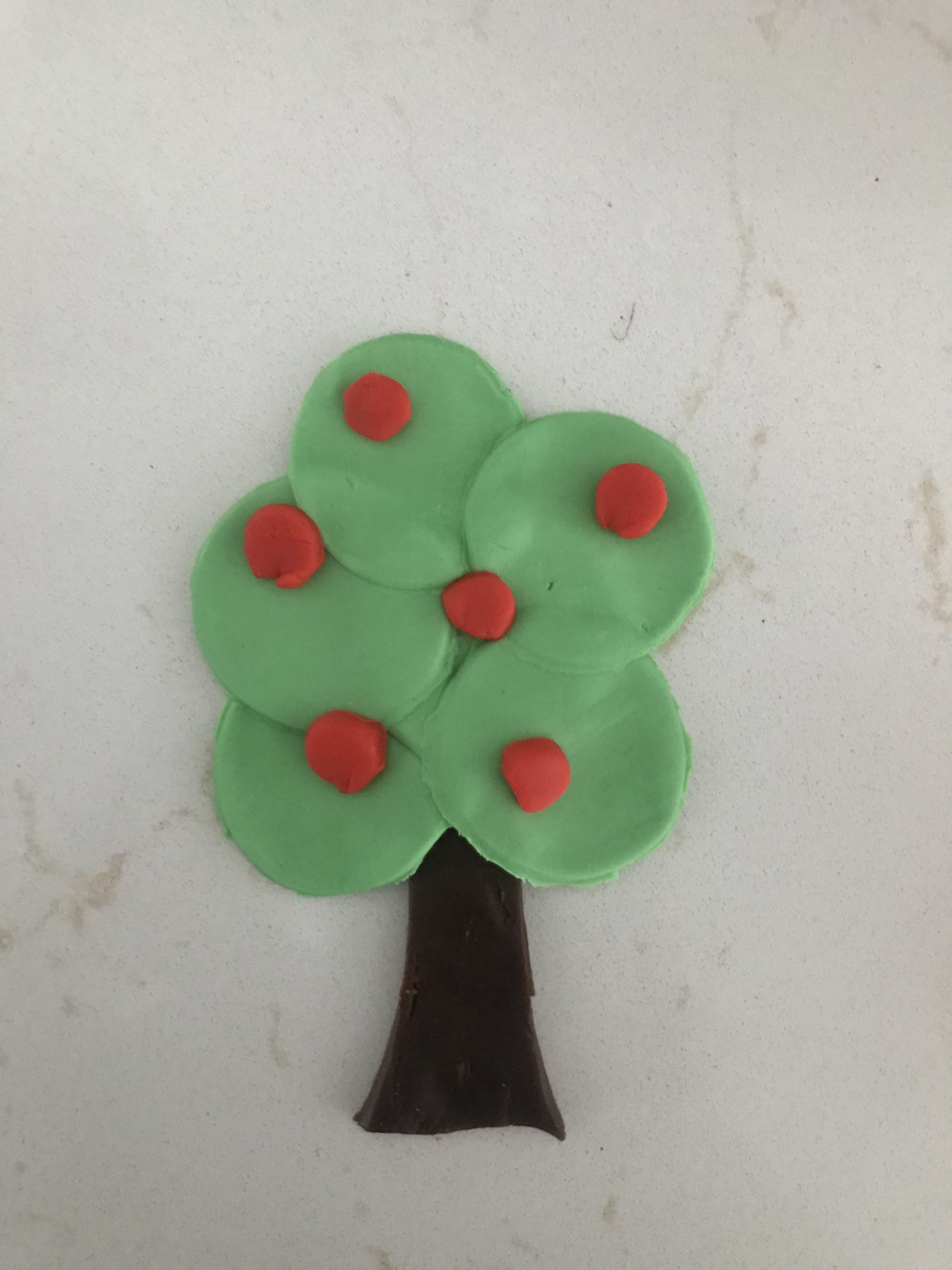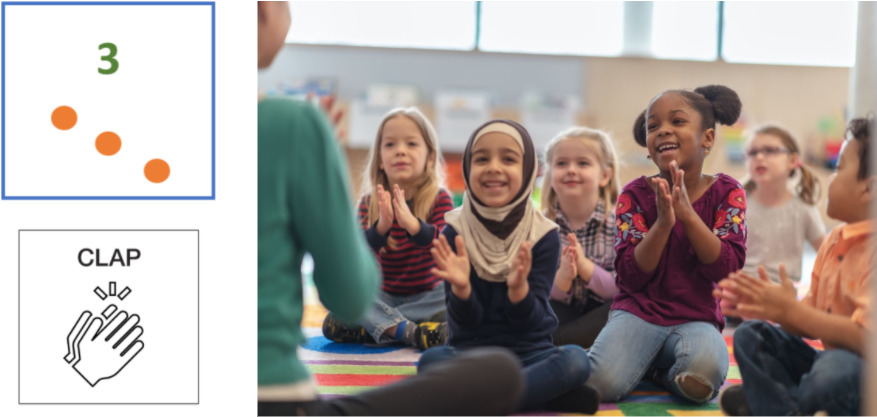
Recently, policymakers and researchers have advocated for CT to be promoted in school, to prepare and empower children to be active citizens in a technology-driven world. Little is known, however, about whether and how CT can strengthen early learning in consequential ways. Our recent project aimed to investigate:
Through our co-design work, we partnered with public preschool teachers and families from culturally diverse, low-income communities and together explored how CT could be meaningfully introduced to young children to support their learning more broadly. We learned that CT is often already present in children’s everyday lives. For instance, while the term “problem decomposition” was not always familiar to teachers and caregivers, they understood the idea behind it—breaking down problems or tasks into smaller parts to more easily or efficiently solve a problem or complete a task—and easily recognized instances when they engage in problem decomposition or could integrate it to strengthen activities at home and school.

Playdough tree created to engage children in problem decomposition
Parents and teachers recognized they engage in decomposition when they plan activities (such as planning parties) and modified common early childhood activities to highlight problem decomposition as a helpful strategy to tackle challenges or everyday tasks. For example, the team designed “Playdough Workshop,” where children are invited to engage in problem decomposition as they identify the large task and then smaller tasks needed to successfully make the playdough creations. By planning and decomposing tasks like these, children could more easily or efficiently complete the task and, at times, collaborate with peers to complete it together.
Our team aimed to co-design activities that were not only meaningful to children in their everyday lives and contexts, but also activities that uniquely strengthened home/school connections. Both teachers and caregivers expressed appreciation for how seamlessly they could embed some CT skills into daily routines. This led to the design of activities that could be done in parallel at home and school and allowed teachers to learn about children’s and families’ traditions and experiences.
For instance, the “Getting Ready for Bed” activity is an example of a home activity that complements the classroom “Getting Ready for School” activity. In both of these activities, children engaged in problem decomposition to break down their daily routines into more manageable tasks and create a mini book to tell a story of their very own routine. Doing this across common, everyday routines strengthened children’s understanding of problem decomposition as they were able to identify the smaller, more manageable tasks (e.g., brush teeth, read a story) in the larger routine (e.g., get ready for bed). Creating books with their families’ routines also allowed teachers and classmates to learn about families’ traditions and celebrate diversity.
The list of learning areas teachers and caregivers are asked to promote in preschool is ever-growing. Our project aimed to take a whole child approach. Children don’t learn about different domains independently; they often may learn about math when they engage in science or vice versa.

Example of children learning a number 3 card paired with a clap card meant they should clap 3 times
To explore how CT skills could be promoted along with other STEM areas, our co-design involved generating a learning blueprint where we outlined CT learning goals and identified potential connections to math and science. We learned that activities to promote CT often relied on and/or provided opportunities to engage in math. For example, learning experiences designed to promote algorithms—creating and following a sequence of steps to meet an end goal or to solve a problem—often included navigational activities that involved visual and spatial thinking. An activity designed to promote algorithmic thinking, “Playing with Dice,” incorporated counting and number sense as children create instruction codes with loops when pairing a number dice to a repeated action like clapping or jumping. CT activities that promote abstraction—ignoring irrelevant details and focusing only on key information—provided opportunities for children to engage in science practices such as observing, comparing, and sorting objects by observable characteristics.
Through this project work, we developed a set of activities aligned to the CT concepts—problem decomposition, algorithms, and abstraction—described above. To learn more about our project and access hands-on and digital activities to try at school or home, visit our project website and watch our video.